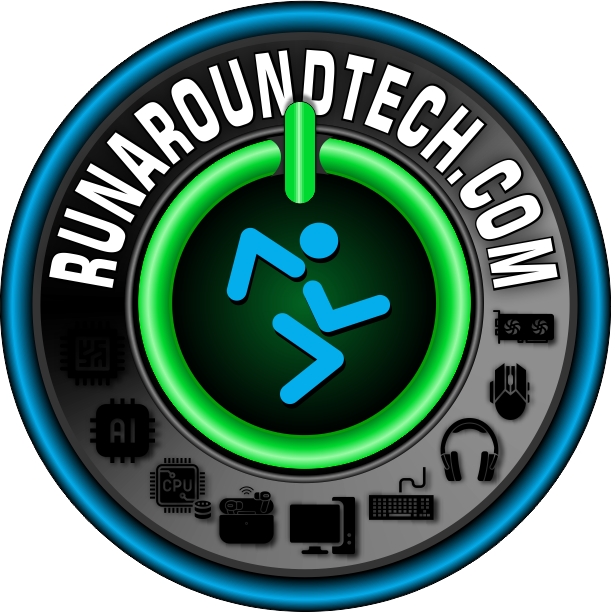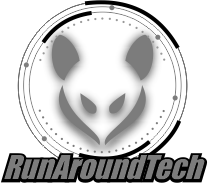Bitcoin seems to have hit a new milestone. After years of speculation and regulatory pushback, spot Bitcoin ETFs are finally approved and trading on U.S. markets.
For many investors, this is a turning point—crypto’s debut on Wall Street’s main stage. But as more people look to include Bitcoin in their retirement strategy, a key question may emerge:
Is an ETF the right fit, or is there a better way to hold crypto in a retirement account?
Let’s find out.
Wall Street Embraces Bitcoin—But With Strings Attached
The debut of spot Bitcoin ETFs seems to be hailed as crypto’s “mainstream moment.” It signals a general acceptance by traditional finance, bringing a possible once-controversial asset into the fold of brokerage accounts and retirement portfolios.
But here’s the fine print: Bitcoin ETFs seem to offer exposure, not direct ownership. With an ETF, investors can buy shares in a fund that holds Bitcoin, but they never hold the asset themselves. That may sit fine with some, but for many crypto investors, control over the asset is central to the appeal.
ETFs are considered attractive for their:
- Simplicity and liquidity.
- Broker and IRA account compatibility.
- Institutional backing and oversight.
However, they come with possible trade-offs:
- Management fees.
- Delayed fund rebalancing and decision-making.
For hands-off investors, that may be enough. But if your vision for crypto includes tax strategy, personal custody, or greater control, an ETF might feel like a detour.
Exposure Isn’t the Same as Ownership
One of the biggest misunderstandings in today’s crypto investment landscape is that having exposure to Bitcoin is the same as good as owning it.
A Self-Directed IRA (SDIRA) lets investors directly hold digital assets like Bitcoin or Ethereum inside a tax-advantaged retirement account. With checkbook control, you’re able to decide where to buy and when to act.
In contrast to ETFs, SDIRAs with crypto capabilities offer:
- Access to any exchange of your choice.
- The ability to buy, sell, or transfer instantly.
- Roth or traditional IRA tax benefits.
- No ongoing asset-based fund fees.
Where ETFs may prioritize convenience, SDIRAs tend to prioritize autonomy. If your goal is long-term wealth building with more flexible asset management, direct ownership may be the route you’d want to take.
Why Crypto SDIRAs Are Trending in 2025
As the crypto space matures, investor behavior seems to be evolving. Gen X and Millennial investors, in particular, tend to be approaching crypto less as a gamble and more as a core part of a diversified retirement strategy.
That’s where SDIRAs and Solo 401(k)s come in.
They may appeal to people who already hold retirement accounts and want to expand their portfolios to include alternative assets, without sacrificing control or tax benefits.
Crypto SDIRAs are tending to gain traction because they:
- Allow real asset ownership in your IRA.
- Bypass custodian delays for faster execution.
- Avoid capital gains taxes.
- In some cases, offer predictable, flat-fee pricing.
Infographic on Cryptocurrency Challenges and Differences
Let’s look at the key trade-offs between these two investment paths through the lens of cryptocurrency challenges—a useful framework for comparison.
| Category | Bitcoin ETF | Self-Directed IRA |
| Ownership | Indirect (fund shares) | Direct—your SDIRA own the crypto |
| Control | None—managed by provider | Full—you choose the exchange |
| Fees | Annual management fees | Typically setup and flat annual fees |
| Liquidity | Tend to be high | Relatively moderate (within IRA rules) |
| Tax Benefits | Subject to capital gains | Tax-deferred or tax-free (Roth) |
This table tends to tell a bigger story: ETFs may suit investors who want simplicity, but SDIRAs are typically designed for those who value autonomy, flexibility, and strategic retirement planning.
The Rise of Roth SDIRAs for Crypto Gains
One of the most compelling features of a Self-Directed IRA is the ability to structure it as a Roth account. In a Roth SDIRA, your crypto grows tax-free, and you won’t owe taxes on qualified withdrawals in retirement.
This can be especially powerful for long-term holders who may expect significant price appreciation. Rather than paying capital gains taxes on every sale or distribution (as you would with a traditional ETF), Roth SDIRA holders can enjoy:
- Tax-free compounding.
- No required minimum distributions (RMDs).
With ETFs, every price movement that leads to a gain can become a future tax event. With SDIRAs, your gains can grow in a tax-advantaged account.
Avoiding Certain Fees and Possible Institutional Limitations
Another often-overlooked benefit of SDIRAs is greater fee transparency. While ETFs charge annual management fees based on your holdings, some SDIRA custodians have a flat annual fee structure.
Checkbook control IRAs also remove the middleman. You don’t have to wait for a fund manager to reallocate or for a custodian to approve your everyday crypto transaction. You hold the checkbook and you decide when to act.
Compliance and Security Considerations: What You Need to Know
That said, SDIRAs come with certain responsibilities. Because you’re in charge of your own transactions, understanding IRS guidelines.
This is where the partnership between Broad Financial and Madison Trust becomes valuable. Broad Financial helps establish the checkbook control structure, while Madison Trust serves as your IRA custodian, ensuring that your account stays IRS-compliant.
A Look Ahead: Crypto’s Possible Place in Retirement Planning
As digital assets become a more accepted part of the financial ecosystem, retirement planning tends to evolve. It seems that the days when diversification meant stocks, bonds, and a REIT or two may be gone.
Today, retirement portfolios seem to be expanding to include:
- Bitcoin and Ethereum.
- Stablecoins for liquidity management.
- Web3 investments and blockchain infrastructure.
For younger investors, especially, crypto may not just be an asset—it could be a belief system. And retirement vehicles that support that belief system tend to be quickly gaining momentum.
In the years ahead, we’re likely to see:
- More SDIRA custodians offering crypto options.
- Expanded IRS guidance on digital assets.
- Growth of Roth SDIRAs among early adopters.
- New altcoins and DeFi tokens being used for retirement wealth.
The takeaway? The future of retirement may not be one-size-fits-all. And crypto-friendly SDIRAs are helping redefine what could be possible.
Which Strategy Supports Your Goals?
Bitcoin ETFs are a major leap forward for crypto accessibility. They open the door for mainstream investors, financial advisors, and institutions to start allocating toward digital assets.
But for those who value flexibility, tax strategy, and true crypto ownership, a Self-Directed IRA—especially one with checkbook control—may be the smarter long-term choice.
Whether you prefer the ease of an ETF or the autonomy of a crypto SDIRA, one thing is clear: crypto has reached retirement age. And it’s reshaping how we plan for the future.

